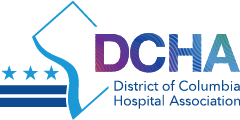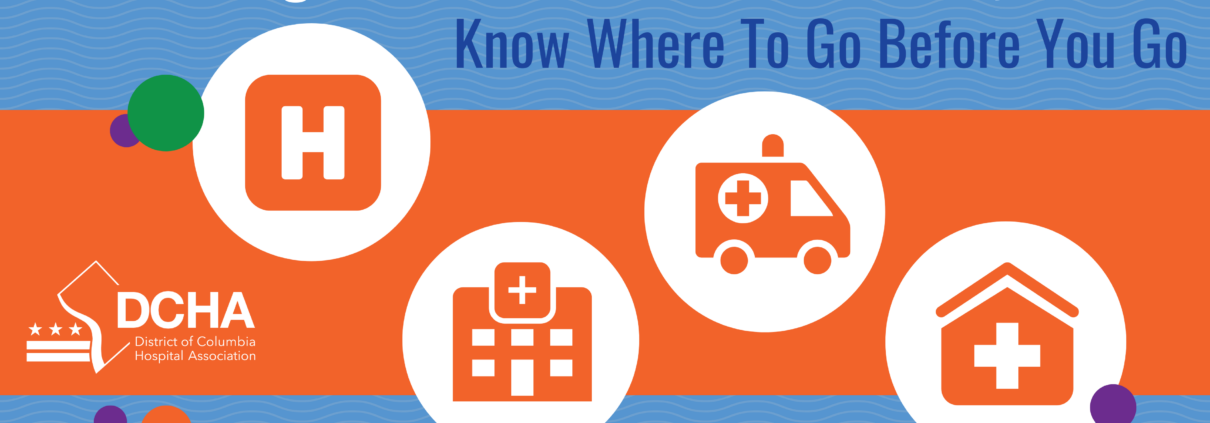How do you decide between calling 911, going to the ER, urgent care or your primary care provider? When you’re sick or injured, deciding where to go at that time is the last thing you want to worry about. Understanding your options now will make those decisions easier when you need care.
Your primary care doctor is the best place to start if you are sick. They know your health history, medication and allergies. They also know if this problem is recurrent and what has been done in the past. They may want to refer you to a specialist if these problems continue to occur. If however, you get sick or injured when your doctor’s office is closed or the office is booked and they can not take care of you that day then you have to choose where to go. You will save time and money by going to the urgent care instead of an emergency room for non-life threatening problems. Urgent care is not a substitute for the emergency department. In general, an emergency condition is one that can permanently impair or endanger your life.
For any Medical Problem that is Life-Threatening–Dial 911 Immediately
The ambulance will be able to start your care immediately and take you to the closest emergency department. ER visits should be reserved for true emergencies. They have the widest range of services for emergency care, including special diagnostic tests and access to specialists. That specialized care also makes it the most expensive type of care. And you may have longer wait times to get treated if your problem is not life threatening.





